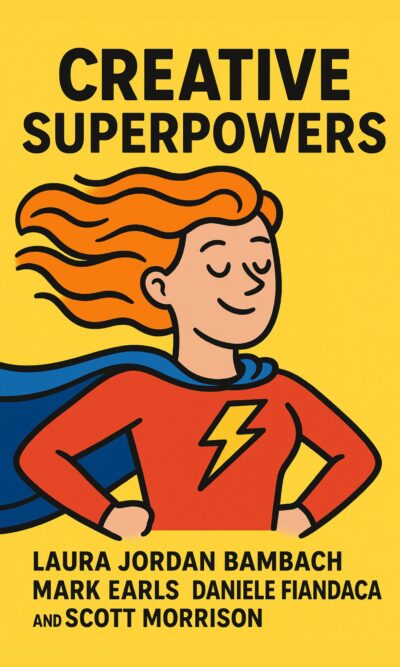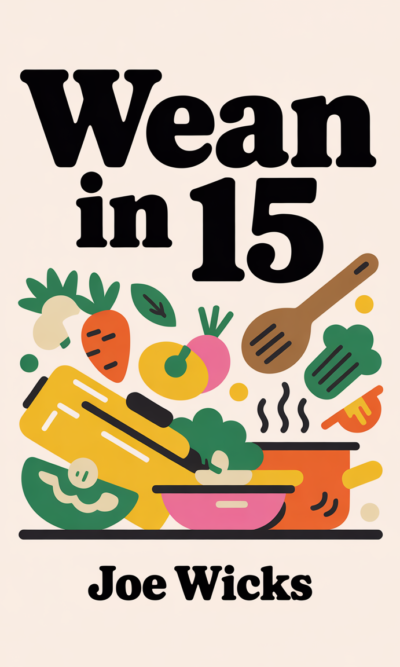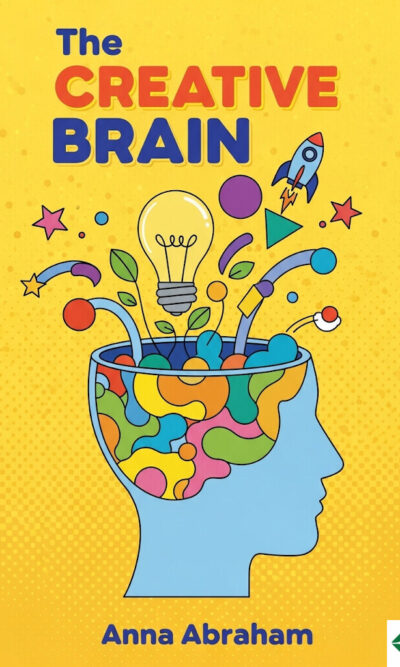Description
This book explains a simple idea with a big goal: reach “drawdown.” Drawdown is the moment when the level of greenhouse gases in the air stops rising and starts falling, year after year. The message is clear and hopeful. Global warming is real and dangerous, but it is also solvable with tools we already have. The plan is not one miracle fix. It is many realistic actions that add up. These actions save money, improve health, create jobs, and protect nature while cutting emissions.
The problem begins with how we power our lives. Most electricity still comes from burning coal, oil, and gas. That releases large amounts of carbon dioxide and other heat-trapping gases. The good news is that clean energy from wind, sun, and water is now reliable and affordable. Onshore wind farms are fast to build and produce lots of power. Solar panels work on rooftops and in large fields, and they can bring electricity to places far from big grids. As clean energy grows, we must also move power more wisely. Better grids, local microgrids, and systems that reuse waste heat can cut losses. Every kilowatt saved is a small climate win that repeats every day.
Food is the second big lever. Raising animals, especially cattle, produces methane and needs land, water, and feed. Eating more plants and less meat lowers emissions and improves health. Farming methods also matter. Instead of planting a single crop over and over, farmers can mix trees, shrubs, and animals in ways that build soil and store carbon. A strong example is “silvopasture,” where cattle graze under trees. The trees shade animals, hold water, and lock up carbon, which helps balance the methane from the cows. Just as important is wasting less food. Today, a huge share of food never gets eaten. It spoils in storage, is rejected for small blemishes, or sits in fridges until it is thrown away. Reducing waste saves money and avoids the emissions from growing, cooling, and hauling food that ends up in the trash.
Cities are where many solutions meet. Buildings can use far less energy with good insulation, better windows, tight sealing, and smart glass. Green roofs cool buildings and add small pockets of habitat. Switching to LED lighting cuts power use while giving better light and longer bulb life. Old buildings can be upgraded too; simple steps like insulating windows and sealing leaks can bring big savings. Transport inside cities can change as well. Safer bike lanes, reliable buses, and pleasant walking routes reduce car trips. When more people bike or walk, the air gets cleaner and streets get calmer. Some places also use district systems that move hot water and steam through neighborhoods, often using heat that would otherwise be wasted.
Transport beyond cities needs attention, too. Airplanes, ships, trucks, and cars burn a lot of fuel. Until long-range electric flight is ready, lighter planes and better designs can cut fuel use. Ships can save fuel by traveling a bit slower and optimizing routes. Trucks and buses can be more efficient with better engines, maintenance, and aerodynamics. The biggest shift is moving cars and buses to electric power as electricity itself becomes clean. In the meantime, hybrid cars use less fuel and can bridge the gap. Rail, public transit, e-bikes, and shared rides reduce traffic and emissions while saving people time and money.
Protecting and restoring ecosystems is essential because nature is the best carbon storage system we have. Forests capture and hold massive amounts of carbon in trees and soil. Yet many forests are being cut down or burned. Stopping deforestation and letting damaged areas regrow can lock up carbon for decades. Coastal wetlands—like mangroves, marshes, and seagrass meadows—also store carbon while protecting coasts from storms and providing nursery grounds for fish. Peatlands hold even more carbon than forests, but when they are drained, they release it. Keeping peat wet and healthy is a powerful climate defense. Indigenous peoples often manage these lands with time-tested knowledge and care. Supporting their rights and leadership protects both communities and ecosystems.
Industry and materials are another major piece. One surprising villain is the common refrigerator and air conditioner. Many cooling units use chemicals called HFCs. If these leak, they trap far more heat than carbon dioxide. Phasing out these chemicals, fixing leaks, and safely recovering refrigerants at the end of life can deliver one of the largest single climate gains. Cement and plastic also have heavy carbon footprints. Cleaner cement can be made with different processes and ingredients. Plastics can shift toward recycled and bio-based sources. Recycling in general matters: turning paper, metals, glass, and organics back into useful materials uses less energy than making them from scratch. Smart policies—like charging for landfill but picking up recycling for free—can nudge households and businesses to do the right thing.
Education and health complete the picture by empowering people to choose their futures. Farmers who learn climate-smart methods can grow more food with less water and fewer chemical inputs, while storing more carbon in the soil. Peer-to-peer training spreads these ideas quickly because farmers trust farmers. Supporting women farmers with credit, tools, and training lifts yields and incomes. More broadly, educating girls and providing access to voluntary family planning lead to healthier families and, over time, slower population growth. These steps match the choices many women already want to make and also lower long-term emissions in a fair and human way.
Innovation keeps adding new tools. Self-driving technology, when paired with electric motors, shared rides, and smart routing, could reduce traffic and energy use. In the ocean, farms of seaweed can bring life back to empty waters, provide food and feed, and store carbon in deep currents. Machines that pull carbon dioxide from the air—called direct air capture—are still early and expensive, but they may help in the future, especially for the last hard-to-cut emissions. None of these ideas replaces the basics. They complement them. The heart of the plan is still clean power, better food systems, efficient buildings, smart transport, healthy forests and wetlands, cleaner industry, and empowered people.
A key theme runs through all these actions: they are “no regrets.” They make sense even if you forget the climate benefits. They save money on energy bills. They reduce asthma by cleaning the air. They make cities quieter and safer. They protect water and soils. They create jobs in building, farming, and maintenance. This makes them easier to scale because people see the direct benefits in their homes, schools, and paychecks.
What can one person do? Nobody can solve the climate crisis alone, but everyone can push in the right direction. Choose clean electricity if your utility offers it. Replace old bulbs with LEDs. Insulate your home, seal drafts, and set thermostats wisely. Eat more plants and waste less food. Walk, bike, share rides, or take transit when you can. Support policies and leaders who protect forests, wetlands, and indigenous rights. Ask your grocer and favorite brands about refrigerant management and recycling. Small actions spread. They also build the social will for the bigger steps only companies and governments can take.
The book’s final message is practical and encouraging. We already have many ways to stop adding heat-trapping gases and to help nature pull them back down. If we use these solutions together—across energy, food, cities, land, industry, and education—we can reach drawdown. That turning point is not a dream. It is a milestone we can see and plan for. With steady effort, clear policy, fair investment, and community action, we can move from anxiety to action, from delay to delivery, and from warming to healing.





